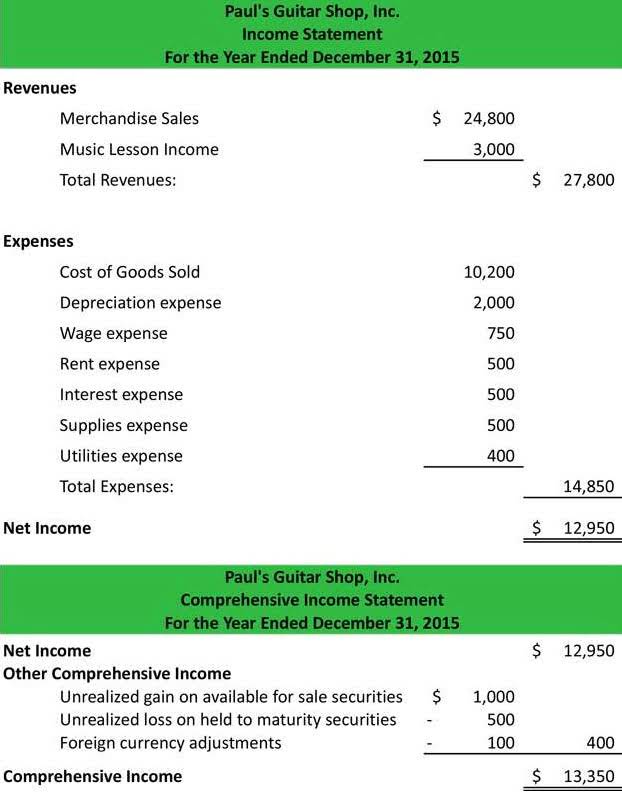
Choosing the right billing practices is crucial for construction businesses to maintain positive cash flow and ensure successful project completion. With proper job costing and planning, however, you can take more control of your profitability no matter the method used. On the most basic level, billing in any business involves requesting payment for goods or services rendered, as well as tracking and following up on those requests and processing payments. And the projects tend to be completed over a lengthier period than a one-off consumer transaction.
Send invoices on time
Depending on the level of detail put into a work breakdown structure, this can almost take care of itself. As mentioned earlier, GCs will have to send further documentation for their payment applications to be accepted. Changes in schedules and timelines will also come with a changing scope of work. As a result, this will require additional paperwork to properly document what work is being performed and what additional costs are expected. The lack of a standardization, can lead to confusion on terminology, terms, and conditions within the contract. While there are scenarios where a cost-plus contract can help facilitate a successful project, entering a project without key information should be done with caution and under the right circumstances.

Automated Payment Processing

Clients can pay invoices online via credit card, PayPal, or other payment methods. Construction billing also helps provide legal protection to the construction company in disputes or litigation. Accurate https://www.bookstime.com/ and detailed invoices can be evidence in legal proceedings and help protect the company’s interests. While advanced payment is often made as a single lump sum, it can be broken into smaller installments.
Tips to Improve Your Construction Billing Processes

Fixed price contracts, will see a contractor and a client agree to a set price for all services before the project begins. If it’s decided that a project will cost $20,000, you can expect the final project cost to amount to $20,000 (unless altered by change orders). This ensures that the project is completed to a satisfactory standard before the final payment is made. Professionals in the construction industry recommend using lump sum progress payments when the project scope is clearly defined, and there is little expectation of changes or unforeseen conditions. In a nutshell, progress payments are partial payments made during different stages of a project, based on the schedules included in the project proposal. When the builder completes a pre-determined portion of the project, it’s time for them to receive payment.
Follow-up on the invoice
In other words, here’s what you’re charging, and here’s how long you think it will take to complete it. When it comes to invoicing, progress billing, and milestone billing are similar yet distinct. Progress billing will invoice according to the amount of work completed, while milestone payments are dependent upon predetermined tasks or achievements. To see how this works, imagine you quote a job for $50,000 that’ll bill at the end of each month based on the percentage of completion.
Billing, Accounts Receivable, and Revenue Recognition
Once agreed upon, the contractor will establish hourly labor rates, cost of materials, and markup percentages. Last but not least among the most common construction billing methods is unit price billing. This method involves charging clients for each unit of work completed, such as per square foot or item. For example, a builder may charge $10 per square foot for laying tiles in a bathroom. This article will compare the most common construction billing methods, which projects best suit each — and suggest some billing best practices to help get contractors paid on time. Since billing methods in the construction industry take many different forms, it’s crucial to understand how different contracts operate.
Controlling costs with construction accounting
- The contractor and client agree on a price per unit, and billing is based on the number of units completed.
- Advanced payments mean they are putting a lot of trust into the parties responsible for working on the project.
- While traditional manufacturers have the advantage of controlled environments and optimized production processes, construction companies must constantly adapt to each new project.
- Construction billing is the process of invoicing a client for the work carried out in a construction project, including materials, labor, equipment, and other expenses.
- The completed contract method has a similar setup to the percentage of completion method.
Therefore, to manage this challenge successfully, investing in online construction billing software that automatically tracks and records changes is a great practice. These solutions handle all documentation in a centralized location, ensuring no critical information is ignored or mishandled. From there you’ll estimate the price for labor or material costs, equipment, subcontractor costs, and any additional project costs. If additional work is needed at any time, you can add the additional costs to the appropriate unit, and the total cost will reflect that increase.
- One of the most significant advantages of percentage of completion is that you can get a view on profitability before the job is complete.
- Construction management software plays a crucial role in modern construction projects by providing tools that extend far beyond traditional financial software.
- And the projects tend to be completed over a lengthier period than a one-off consumer transaction.
- The Completed Contract Method delays the recognition of revenue and expenses until a construction project is either fully or substantially completed.
- If you are wondering about how to bill your clients for your construction business, then here we will walk you through the 7 best methods for it.
Best Practices for Construction Billing
The advantage of this billing method is that the client has greater control over the project’s cost, and the contractor has the incentive to stay within the agreed-upon maximum price. Two benefits of this approach are greater transparency and a lower chance of cost overruns. Arrears billing occurs after the completion of a project and, like advanced billing, is often collected as a lump sum payment.
- You can set up automatic reminders to clients at specific intervals, reducing the need for manual follow-up.
- This also involves investing in training instances to keep your team up to date with regulations and industry best practices.
- Especially with the convenience of cell phone photo quality, this step is an easy way to provide evidence if your company is facing a claim or dispute.
- A contractor using guaranteed maximum price billing sets an upper limit to the cost of completing a construction project.
- Contractors should include all approved change orders that are invoiced in the current billing cycle along with the payment application.
d Pillar of construction accounting: long-term contracts

Unlike other reports on this list, contractors benefit from the job profitability report because it doesn’t have to be done in a set period. Contractors can complete it within the first 2 weeks, 3 months, or any other time they see fit. Overall, the profit and loss report helps construction businesses learn where profits are coming from and manage costs efficiently.
Recent Comments